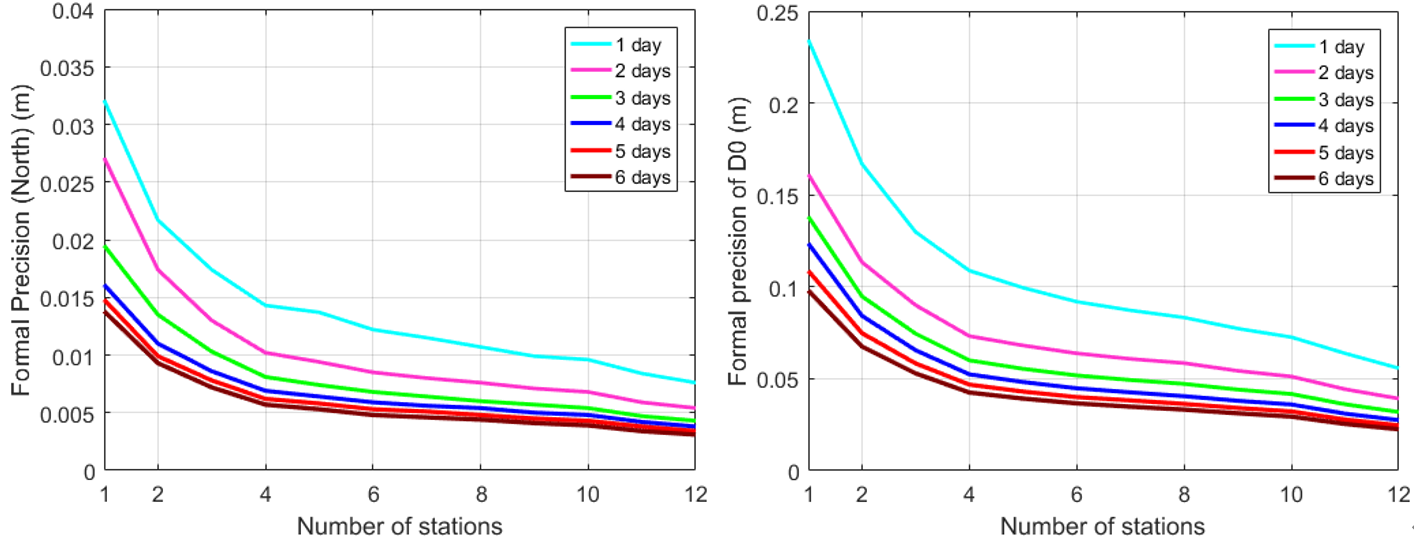Benefiting from the various advantages of Low Earth Orbit (LEO) satellites, including their low altitudes, strong strengths, and low costs, LEO-augmentation of the traditional Global Navigation Satellite Systems (GNSSs) has become a hot research topic. To realize all these benefits in the Positioning, Navigation and Timing (PNT) services, various errors and biases in the satellite downlink navigation signals need to be calibrated, modeled, or eliminated.
A joint research team from the National Time Service Center(NTSC) of the Chinese Academy of Sciences(CAS) and Curtin University, Australia proposed an approach to calibrate the PCO and hardware delay for LEO satellite antenna downlinking navigation signals.

Figure 1. Ground network distribution and the ground tracks of the Sentinel-6A satellite.
The study was published in Measurement Science and Technology.
Using the satellite geometries of Sentinel-3B and Sentinel-6A as examples, the study analyzed the formal precision and bias influences for potential downlinking antenna PCOs and hardware delays of LEO satellites under different ground network distributions, and processing periods.
It was found that increasing the number of tracking stations and processing periods can improve the formal precision of PCOs and hardware delay. Less than 3.5 mm and 3 cm, respectively, can be achieved with 10 stations and 6 processing days (Figure 2). For near-polar LEO satellites, stations in polar areas are essential for strengthening the observation model.

Figure 2. Formal precision of the North components of the PCO (left) and D0 (right) of the downlink antenna. The geometry of the Sentinel-3B satellite was used for the calculation.
This research was supported by the International Partnership Program of the Chinese Academy of Sciences. Grant No.021GJHZ2023010FN.
CONTACT:
XIONG Tiantian
National Time Service Center, Chinese Academy of Sciences
gjhz@ntsc.ac.cn
 Print
Print